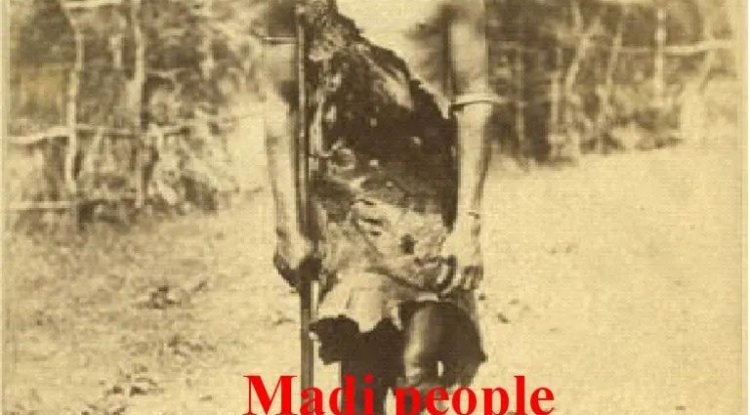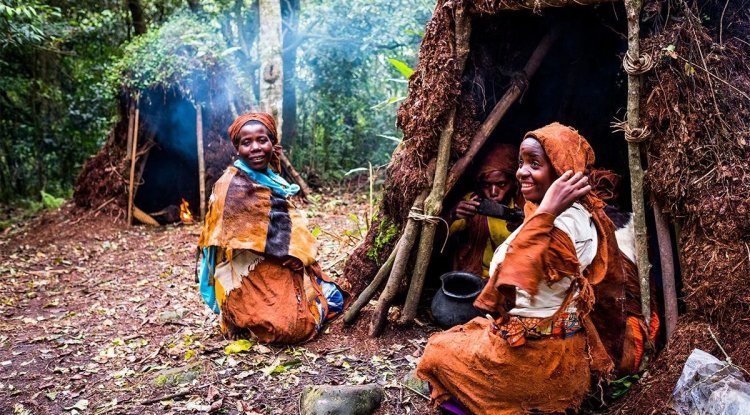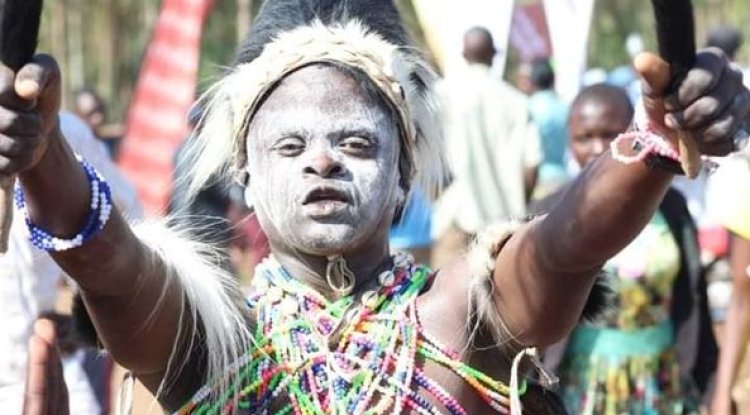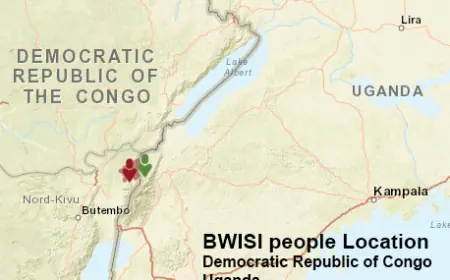Bahororo: A Tribe with a Rich and Complex History
The Bahororo trace their roots to a short-lived kingdom called Mpororo, which existed from around 1650 to 1750. Mpororo was founded by Kahaya, a prince from the Bashambo clan who was related to the Rwandan royal house.
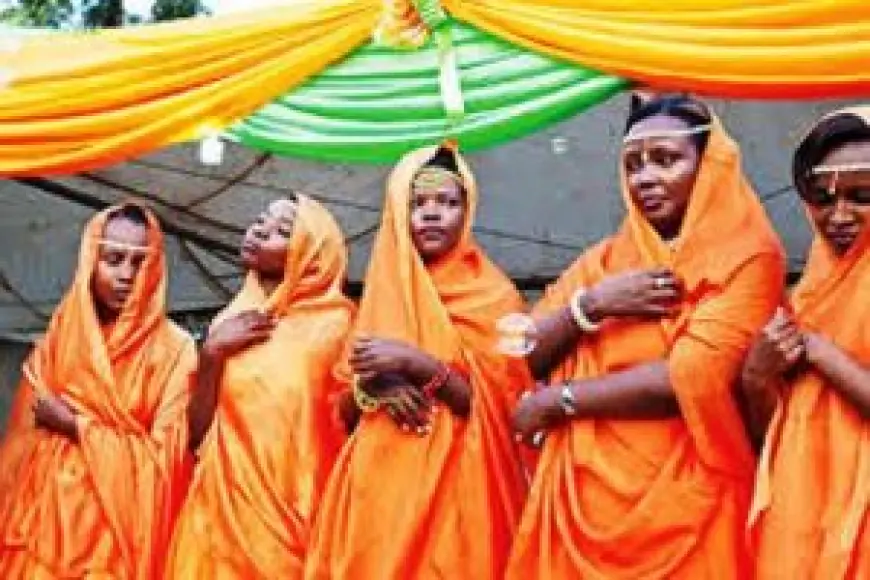
The Hororo or Bahororo are a Bantu-speaking tribe that live mainly in the north of the former Kigezi District of south-western Uganda. They are closely related to the Tutsi people of Rwanda and the Hima people of Uganda, and they share a common ancestry with the royal clans of these countries. However, the Bahororo have their own unique history and culture, which are often overlooked or misunderstood by outsiders. In this article, we will explore the origins, achievements, challenges, and current situation of the Bahororo people and highlight some of the aspects that make them distinct from other tribes in the region.
The Rise and Fall of the Mpororo Kingdom
The Bahororo trace their roots to a short-lived kingdom called Mpororo, which existed from around 1650 to 1750. Mpororo was founded by Kahaya, a prince from the Bashambo clan who was related to the Rwandan royal house. Kahaya and his followers fled from Rwanda after a succession dispute with his brother, Kigeri II, who became the king of Rwanda. Kahaya sought refuge in Busongora, a kingdom that covered parts of present-day Uganda and the Congo. There, he married Kitami, the queen of Busongora, and had a son named Rutindangyezi.
Kahaya was ambitious and wanted to establish his own kingdom. He took advantage of the chaos and instability that followed the death of his wife, Kitami, who was stung by a bee and died of toxic shock. He conquered the southern province of Busongora, which was known as Ndorwa, and renamed it Mpororo, meaning “the land of the Hororo." The Hororo were the pastoralist people who followed Kahaya from Rwanda and who later became known as the Bahororo. Kahaya also expanded his kingdom by raiding and subjugating the neighboring kingdoms of Ankole, Karagwe, and Buganda. He established his capital at Bunyampaka, near Lake Edward, and built a palace and a temple there. He also introduced a centralized administration, a tax system, and a standing army. He claimed to be the descendant of the legendary Chwezi dynasty, which ruled over a vast empire in the Great Lakes region before collapsing in the 16th century.
Mpororo was a prosperous and powerful kingdom, but it did not last long. It faced internal and external threats that eventually led to its downfall. Internally, Mpororo was divided into two factions: the Bashambo clan, which was loyal to Kahaya and his descendants, and the Abaga clan, which was loyal to Bihira, the commander of the army and a relative of Kigeri II of Rwanda. The two clans competed for power and influence and often clashed with each other. Externally, Mpororo was attacked by its enemies, especially Rwanda, which wanted to reclaim its lost territory and avenge its defeat. Rwanda invaded Mpororo several times and finally succeeded in destroying it in 1750. The Rwandan army sacked and burned Bunyampaka and killed or captured most of the Bahororo nobility. The survivors fled in different directions, some to Rwanda, some to Ankole, and some to Kigezi.
The Survival and Adaptation of the Bahororo People
After the collapse of Mpororo, the Bahororo people faced many challenges and hardships. They lost their political and economic power and became a minority group in the areas where they settled. They also faced discrimination and oppression from the dominant tribes, such as the Banyankole, the Banyoro, the Batooro, and the Bakiga. The Bahororo had to adapt to their new circumstances and adopt different strategies to survive and preserve their identity.
One of the strategies that the Bahororo used was to maintain their pastoralist lifestyle and culture. The Bahororo valued cattle as a source of wealth, prestige, and social status. They also practiced endogamy, or marrying within their own clan or tribe, to avoid intermarriage with other groups. They also kept their own language, Ruhororo, which is a dialect of Nkore-Kiga but with some influences from Kinyarwanda. They also retained their clan system, which was based on the Bashambo and Abaga clans and their sub-clans. The Bahororo also continued to practice their traditional religion, which involved worshiping their ancestors and spirits and offering sacrifices at sacred sites.
Another strategy that the Bahororo used was to seek alliances and integration with the ruling elites of the kingdoms where they lived. The Bahororo claimed to be of royal blood and used their connections and skills to gain favor and positions in the courts and administrations of Ankole, Bunyoro, Toro, and Buganda. Some of the Bahororo even became kings or chiefs of these kingdoms, such as Kahaya II of Ankole, Kamurasi of Bunyoro, and Kasagama of Toro. The Bahororo also converted to Christianity, which was introduced by the British colonialists in the late 19th century. The Bahororo saw Christianity as a way to access education, health, and modernization, and also as a way to resist the influence of Islam, which was spread by the Arab traders and the Kabaka of Buganda. The Bahororo also participated in the colonial and post-colonial politics of Uganda, and some of them became prominent leaders and politicians.
What's Your Reaction?
 Like
1
Like
1
 Dislike
0
Dislike
0
 Love
0
Love
0
 Funny
0
Funny
0
 Angry
1
Angry
1
 Sad
0
Sad
0
 Wow
0
Wow
0






























































